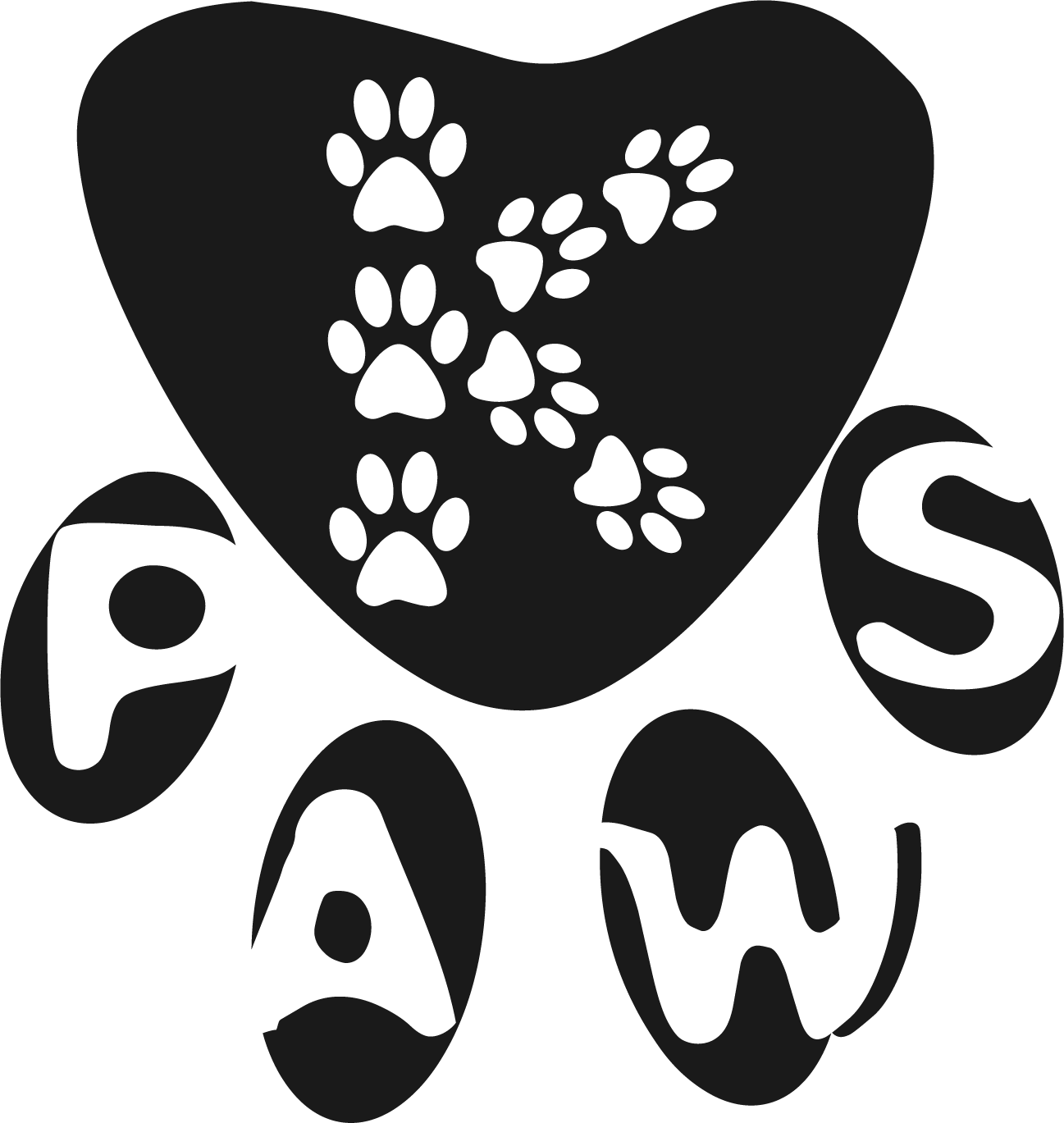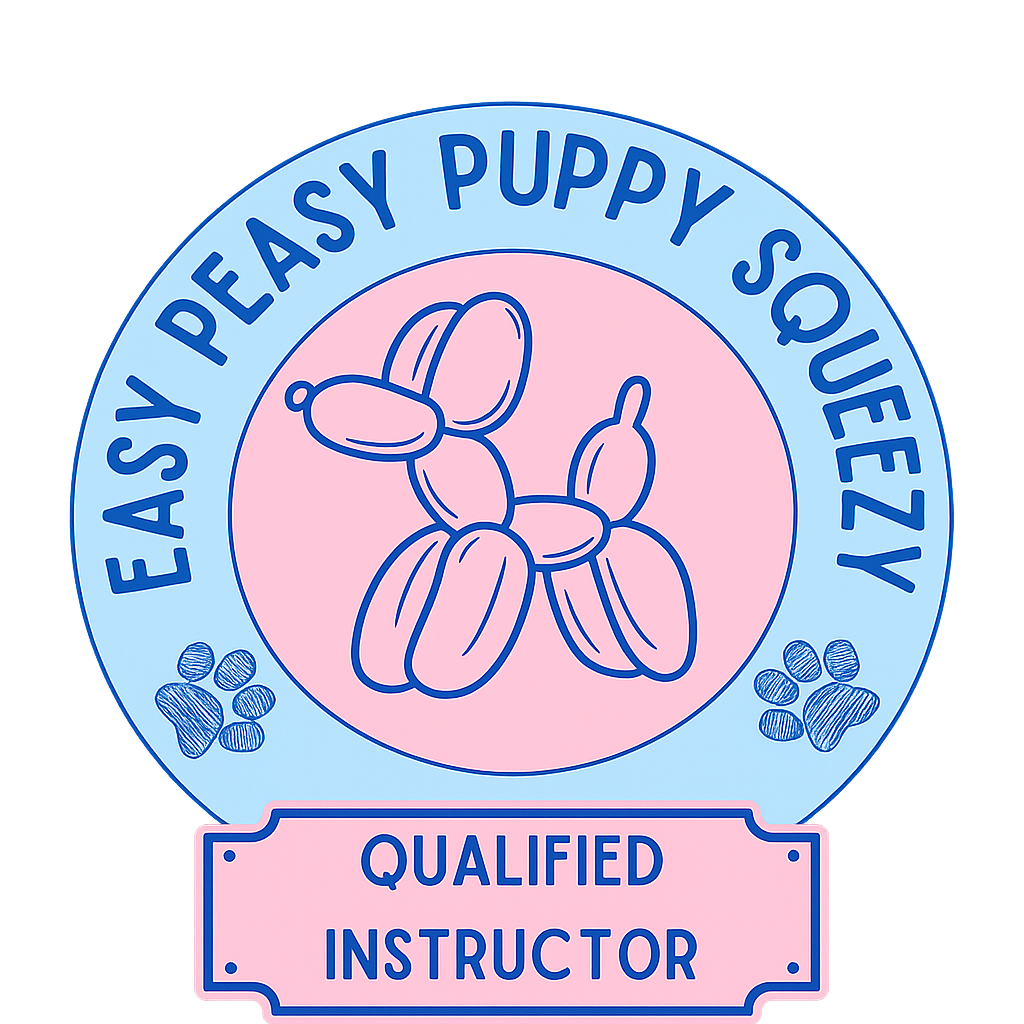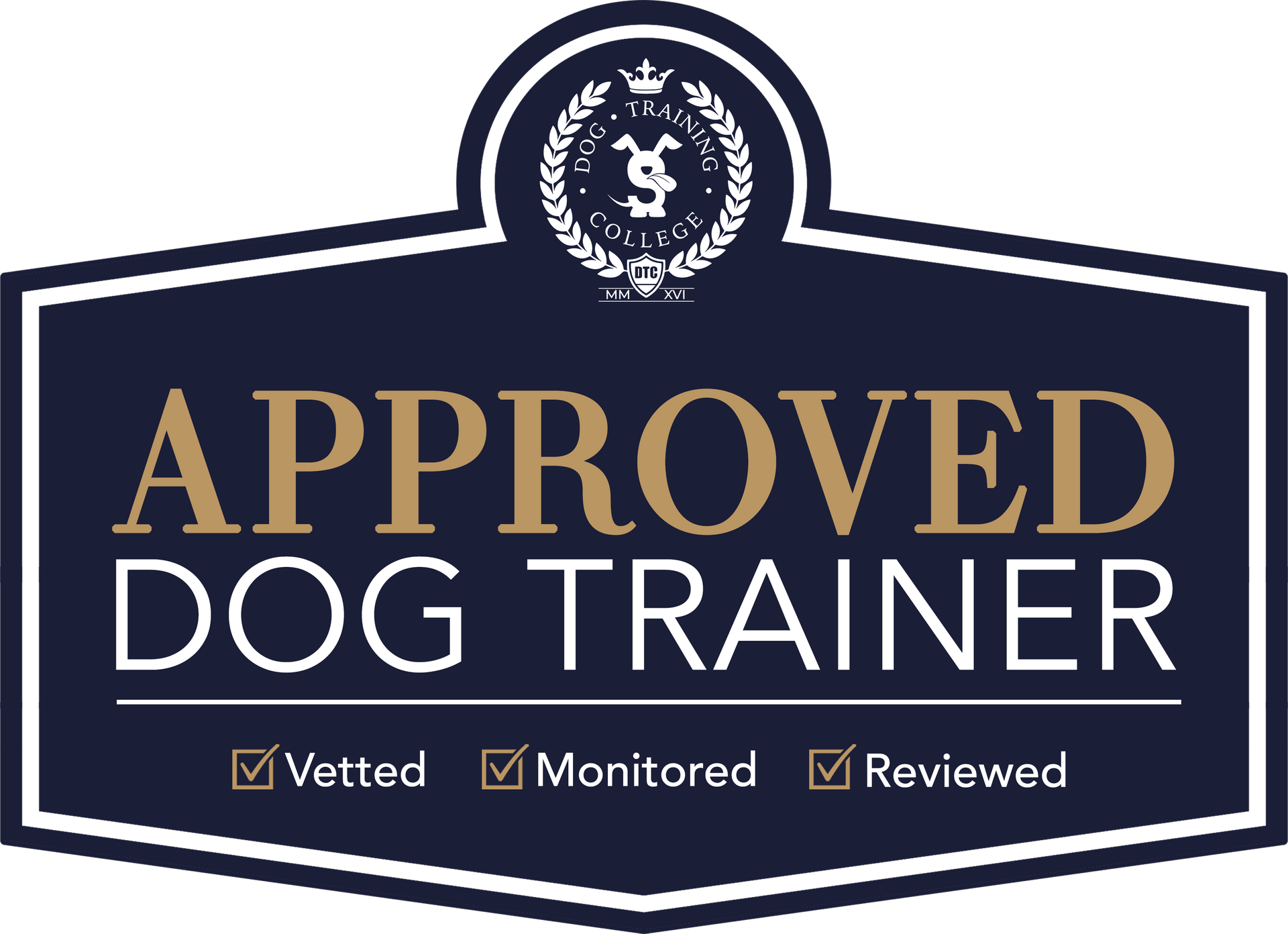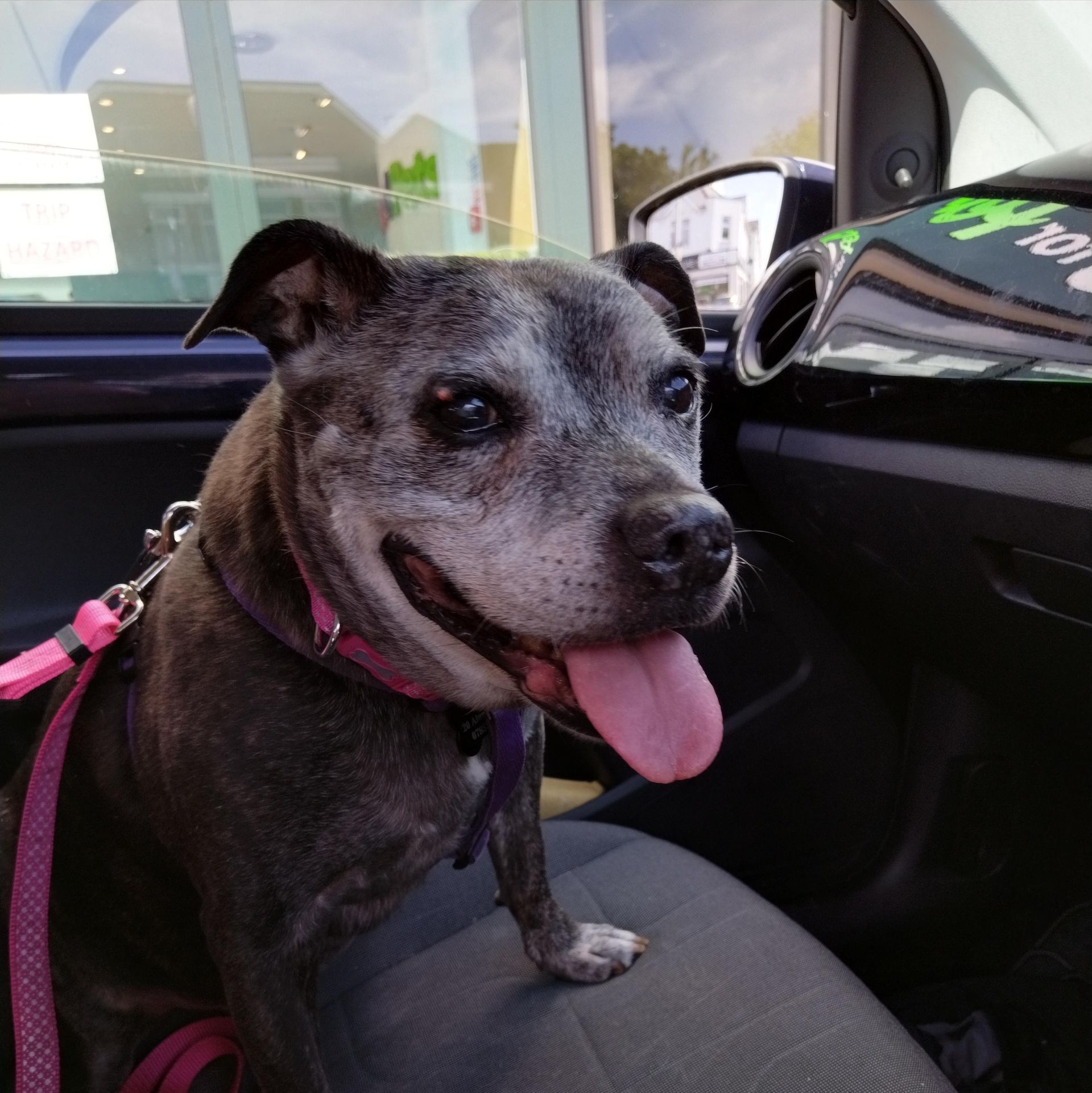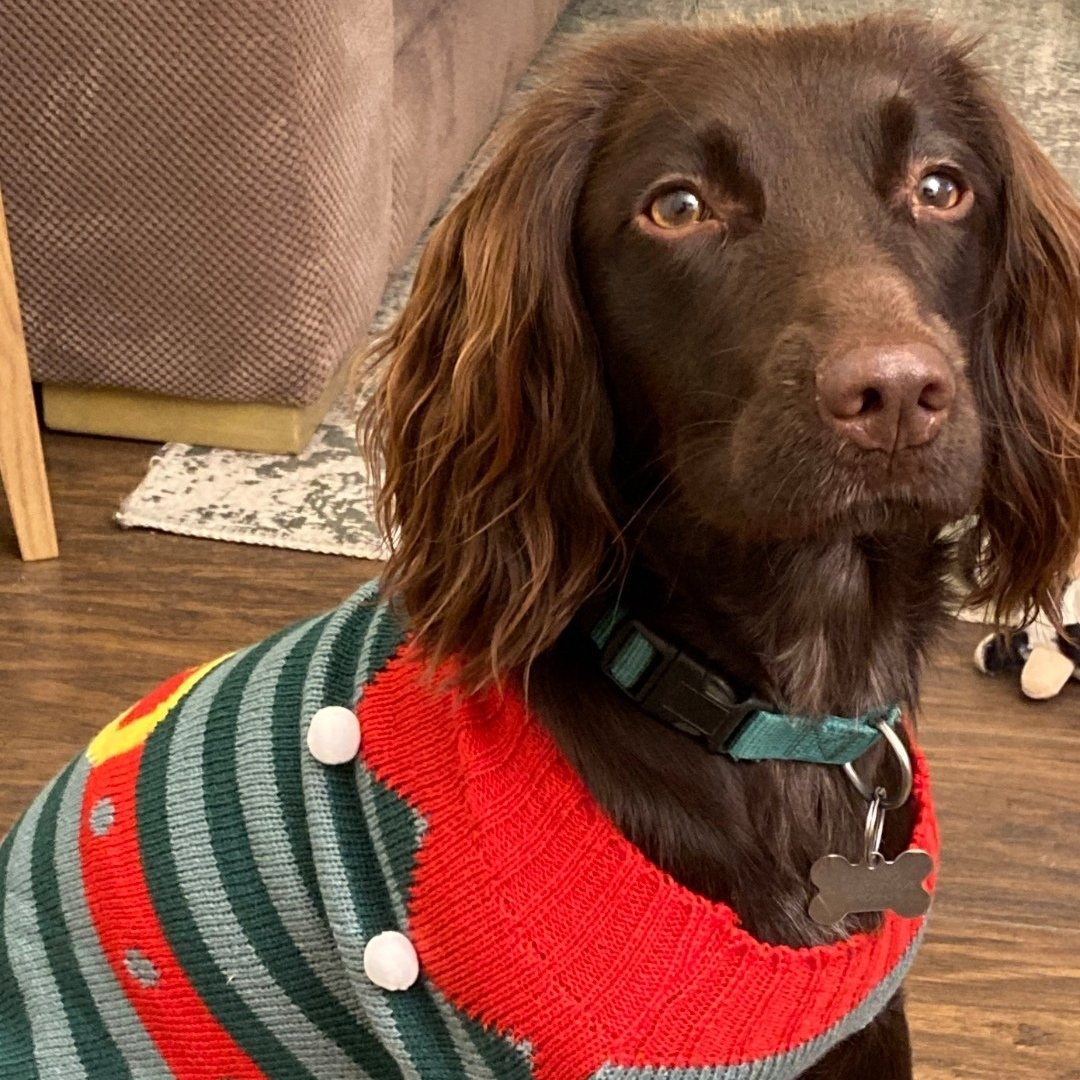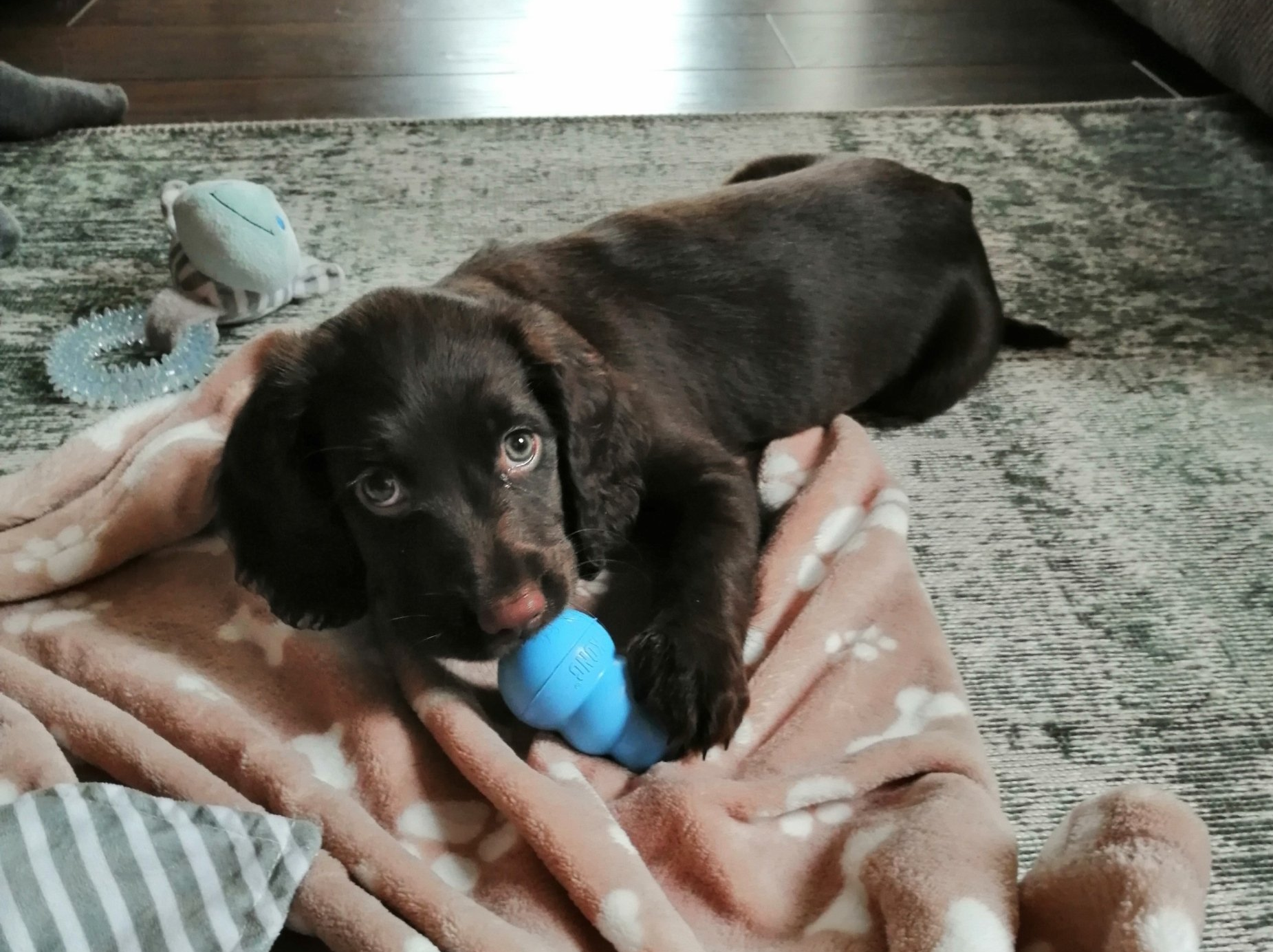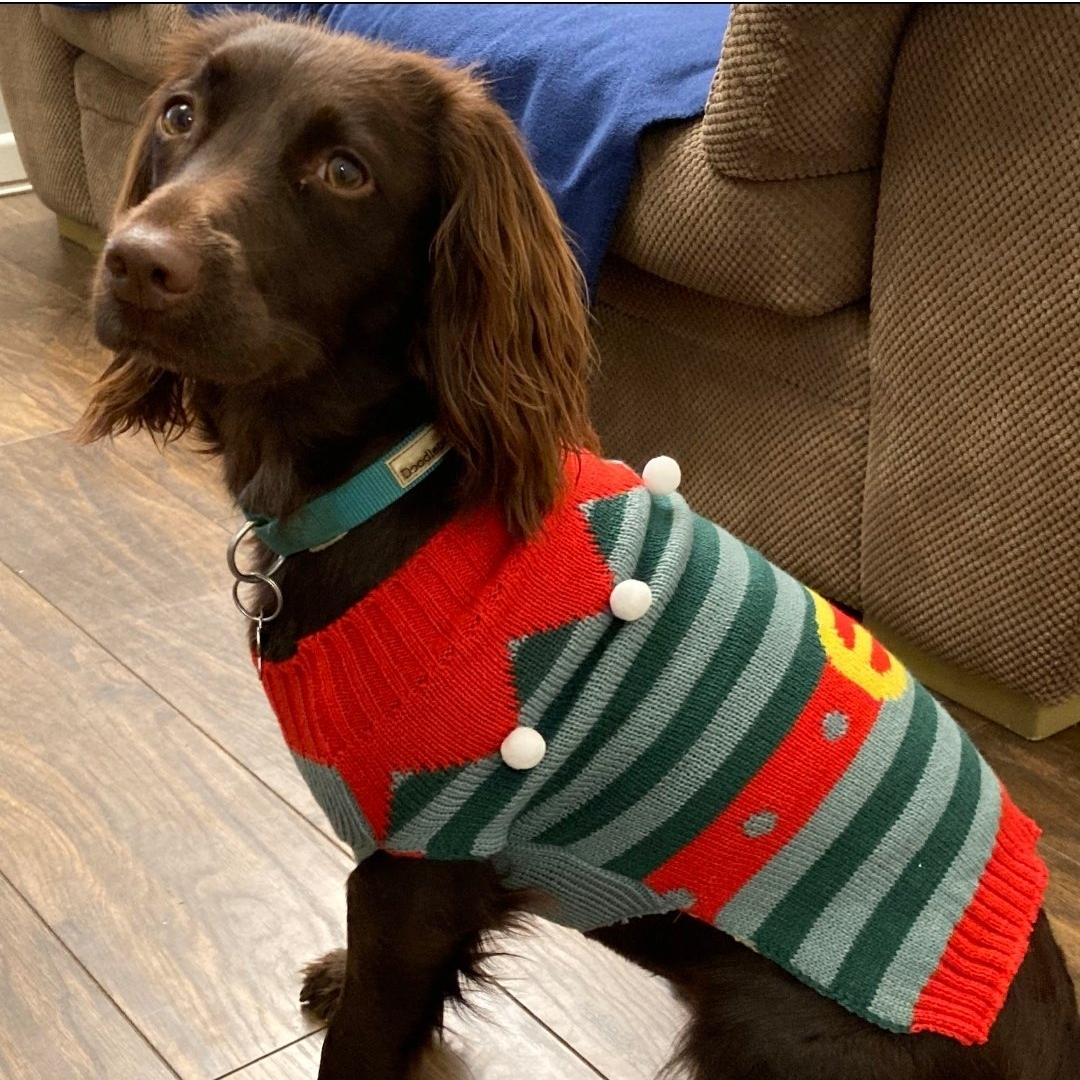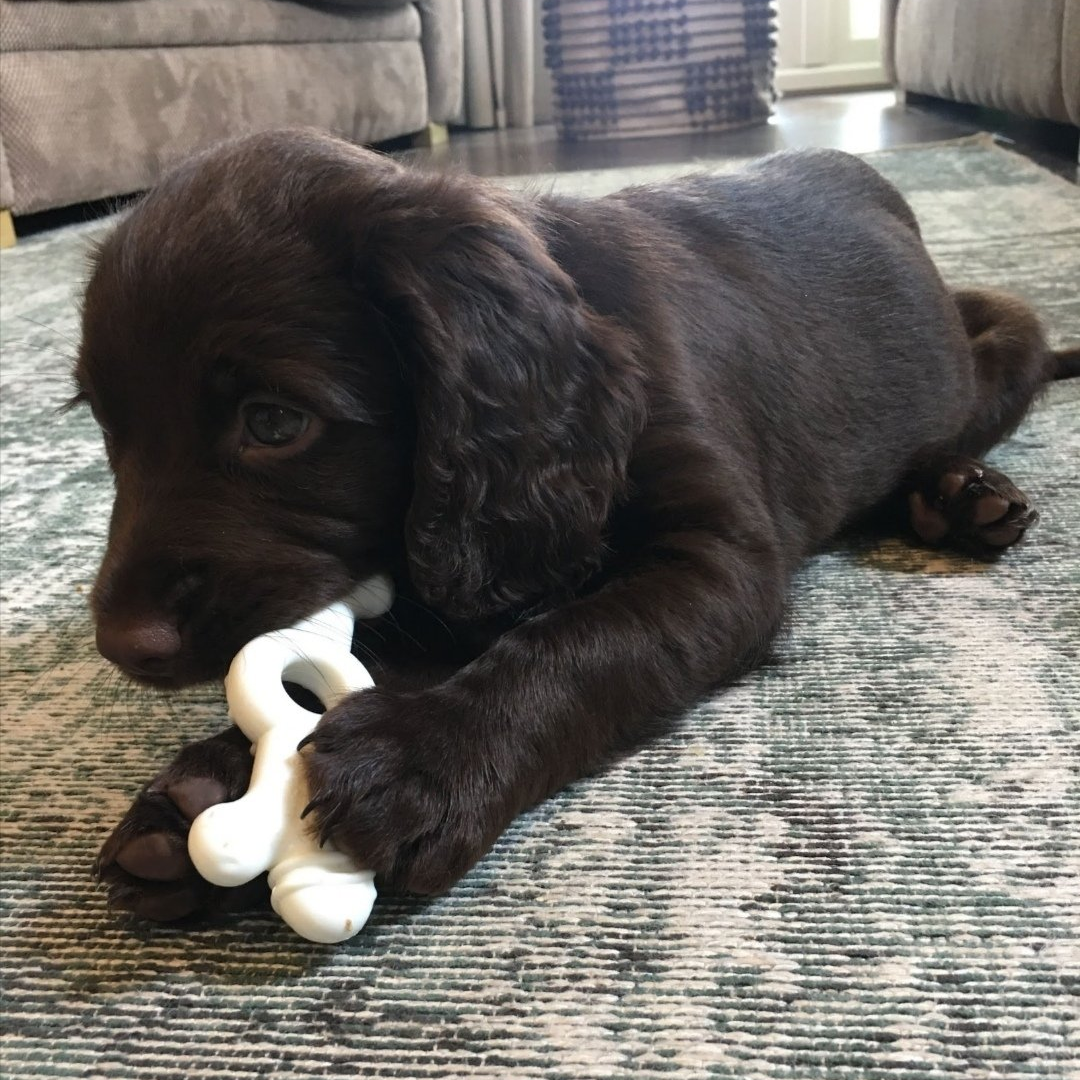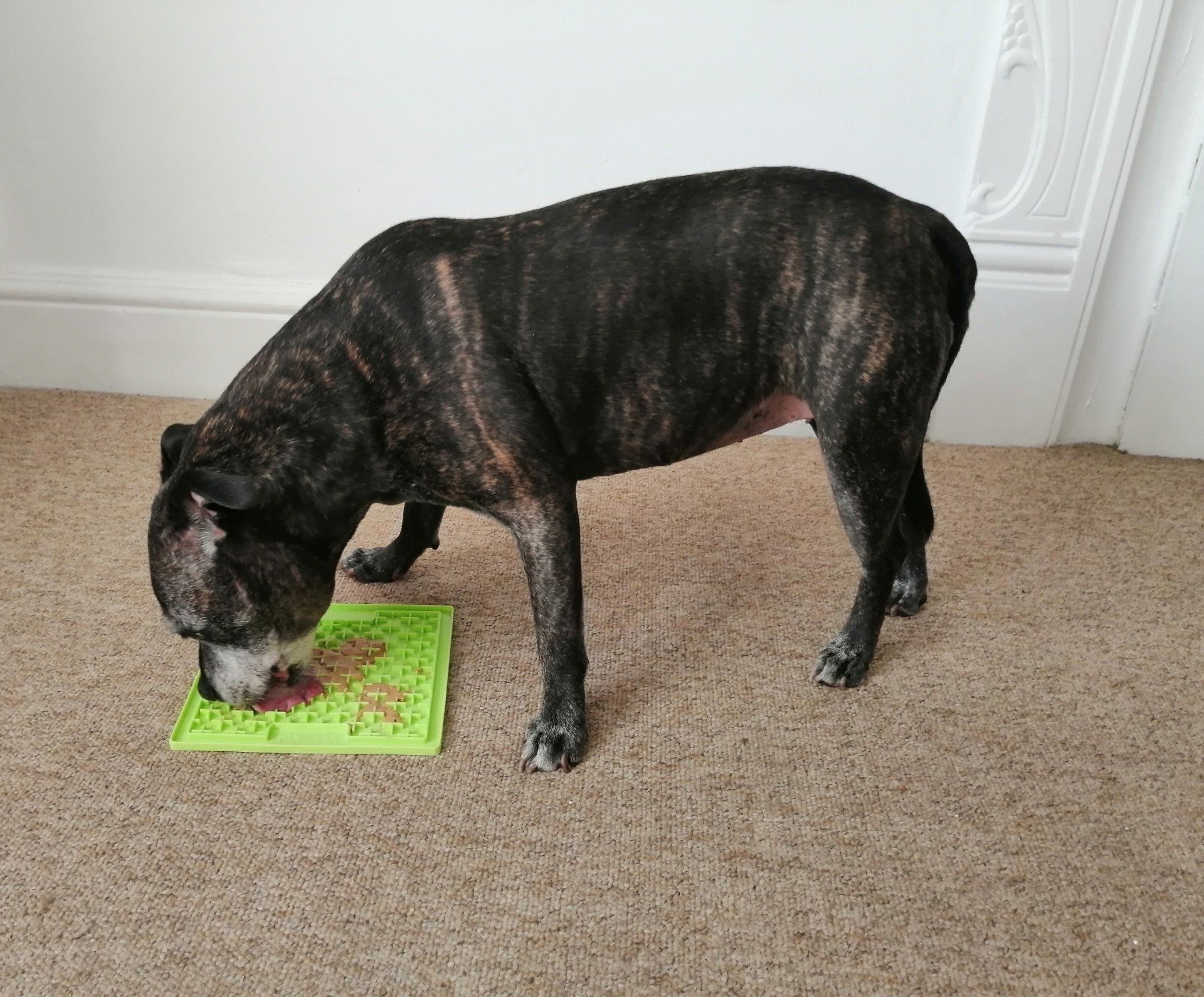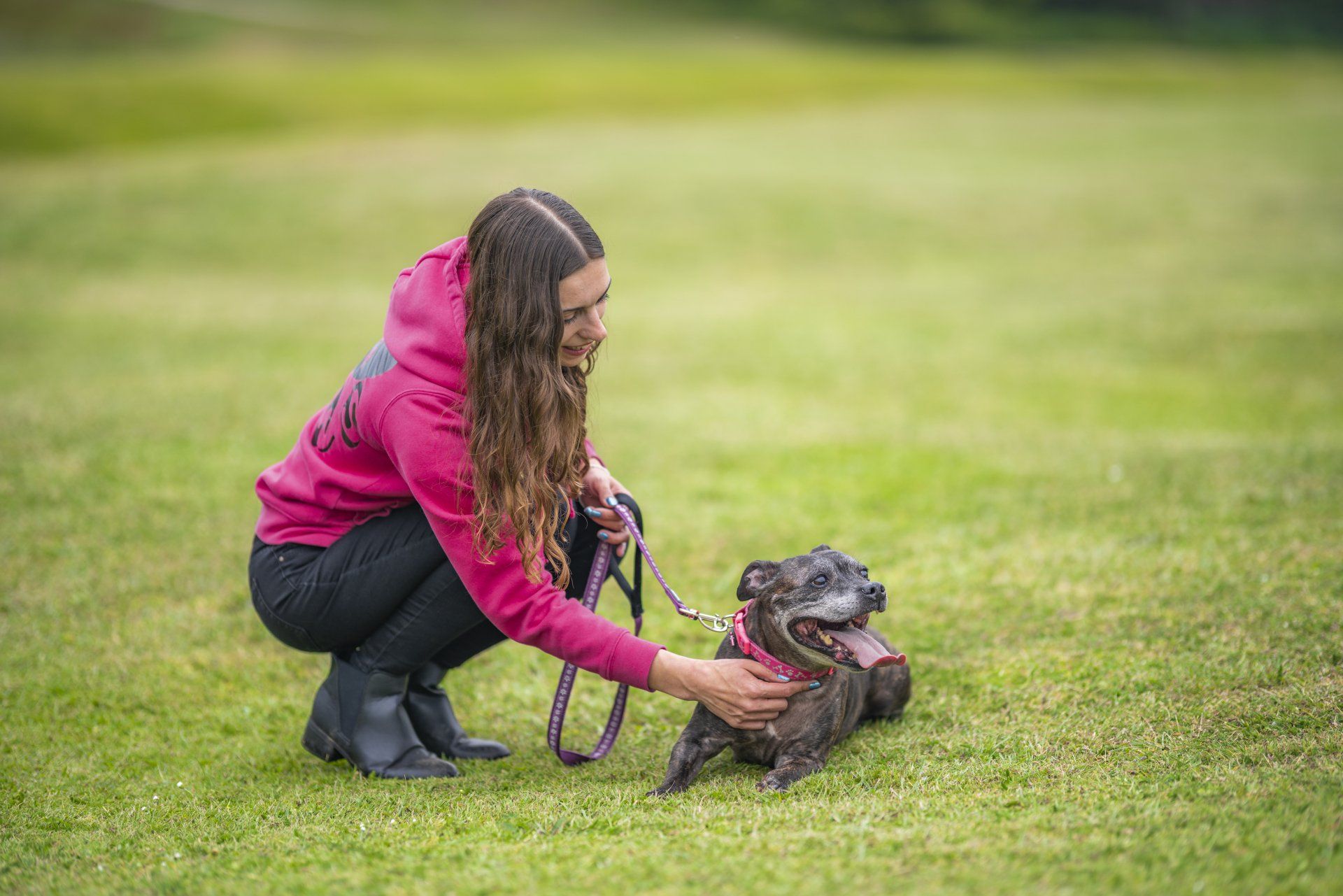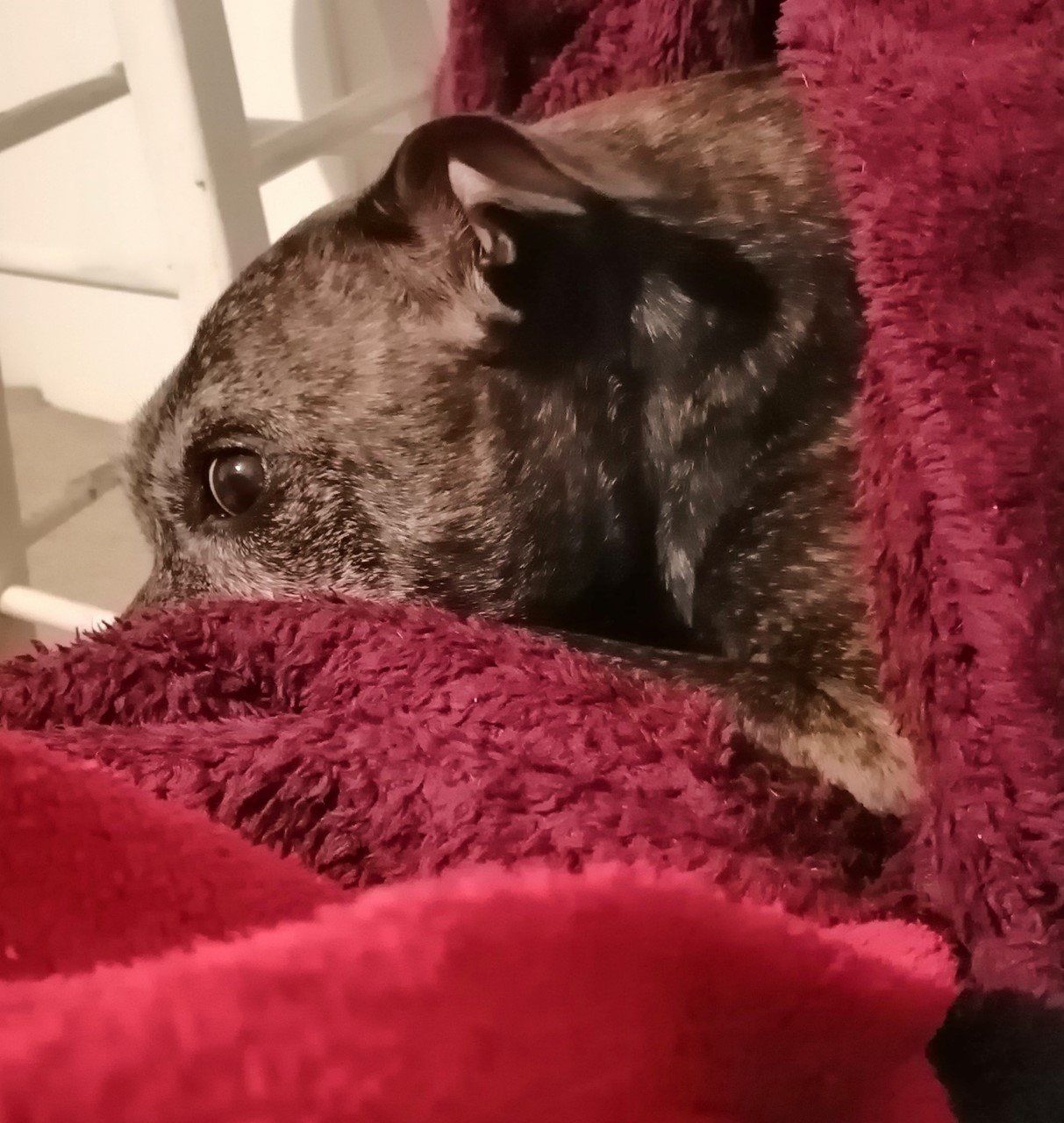How Do I Stop my Dog from Barking?
A Guide to Help with Alert/ Alarm Barking in the Home
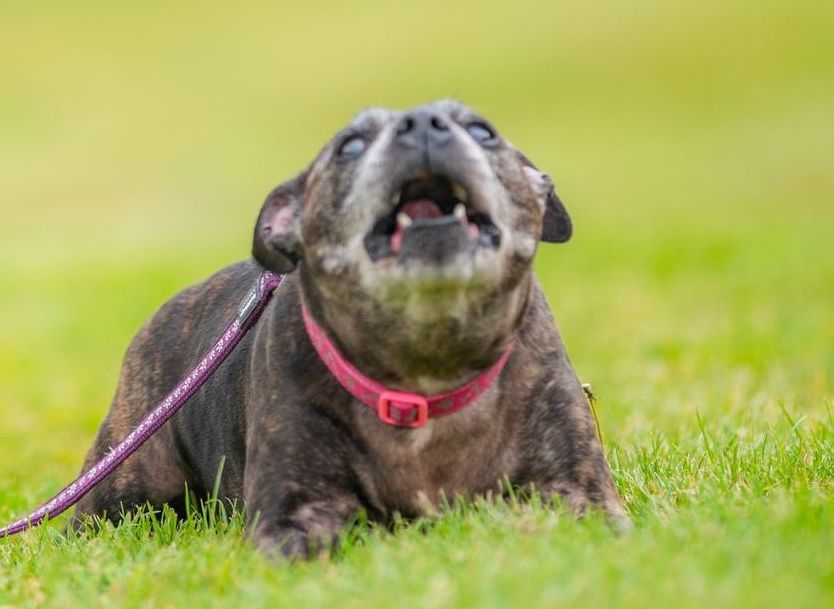
If you have a Dog who barks at people, joggers, cyclists, or vehicles that pass by your house, or who barks in the garden in response to other Dogs in your neighbourhood then this technique will work for you! You can also do this if they bark at the doorbell, or a knock at the door.
Many of our Dogs were bred to be watch Dogs. Today it is hard for our Dogs to tell the difference between a potential intruder and someone just passing by. They also don’t realise that it’s not their barking that has made the passer-by outside leave but that they were going to go anyway!
This simple technique will help to reduce the number of times that your Dog barks, how much they bark and in time will work to put their silence on cue!
Please note that this technique is not suitable for Dogs when they are barking at you to get your attention!
When practicing this exercise there’s no need to worry that your Dog will start barking to get treats because they are only barking when there is something to bark at, and you can also do this activity if you suspect that they’ve heard something that you haven’t!
I have broken down the steps in detail for you but to summarise we will be following these simple steps:
- Thanking your Dog when they react to something outside
- Giving your Dog a high value treat away from the window, door, gate, or fence
- Feeding your Dog treats until the offensive thing goes away
- Repeating this until it is a well established habit
How to Stop Alert Barking
Step 1 – Identify Triggers
- Make a list of all the things that make your Dog bark (do this over a couple of days)
- Note how long your Dog barks for and what they’re barking at (even if you don’t know precisely what, because you can’t hear it)
- Make sure that your Dog is reacting to things outside the property, not inside
- Recognise patterns and the most challenging parts of your Dog’s day e.g. the morning and afternoon school run, postman etc.
- Note whether the triggers are visual or auditory
Step 2 – Remove Vantage Points
- Temporarily block access points to the windows, move the sofa if your Dog uses the back of that to see out, use screens, or stick on filters, if necessary block off access to the room, if possible
- If your Dog is sensitive to external noises then provide them with a quiet place, or some music at a low volume, just be careful to ensure that they are able to rest
- Block off viewpoints outside too if your Dog barks at things going past when they are in the garden (bamboo panels can be a good option, or you may want to put solid panels on gates)
- You will only need to do this for a few weeks so please don’t worry!
Step 3 – Give Your Dog Something to Do at Critical Times
- When you recognise patterns in your Dog’s barking it’s important to give them something appropriate to do at those times such as a Kong, LickiMat, or Snufflemat, you could also put on some classical music, or soft rock and reggae have also been shown to have calming effects!
Step 4 – Get Prepared to Teach Your Dog an “Off-Switch”
- You will need some high value treats, ensure your Dog absolutely loves them, because they will stop barking much more quickly! Dry treats are probably a better option because you will need to keep them somewhere handy
- Find a suitable place to stash these high value treats, for example, if your Dog barks at the window then do you have a table or mantlepiece the far side of the room? If they bark in the garden then perhaps somewhere by the back door
- The aim here is to stash the treats at the furthest point from where your Dog is barking so that we can create a new pattern of behaviour and move them away from where they are barking at the same time
Step 5 – Thank your Dog – and Mean It!
- The next time your Dog barks because something is happening outside, give them a really heartfelt “thank you”, pick a phrase that you can use every single time, but that you don’t use frequently at other times, this phrase will become your “off-switch”
- Thank your Dog and move to your treat stash, give them a treat, at a distance away from where they were barking
- Don’t worry if your Dog doesn’t stop barking instantly, or goes back for a final bark, this may happen the first 10 or so times, it’s all part of the process!
- Feed your Dog treats for the entire time that the offending thing is outside the house or garden
- With repetition your chosen phrase will come to mean that your Dog doesn’t need to bark anymore
- Continue to practice and always treat your Dog if there is something going by, or a scary noise to get 100% reliability, keep this up until your Dog comes running to their treat spot when you say your phrase
Step 6 – Stretch Out Those Treats!
- You could try asking your Dog to ‘get it’ and throw a treat for them to find to take a little more time, keeping them moving and busy rather than asking them to sit will be much easier for them and will help to keep them occupied until the passing thing has gone
Step 7 – Practice, Practice, Practice!
- Continue to practice until your Dog is 100% reliable – when you say your phrase they instantly stop barking
- At this stage your Dog will also be less sensitive to noise because through our practices they have been getting used to them, and they have been paired with extra tasty treats!
Step 8 – Reducing the Treats
- When your Dog’s response is 100% reliable you can say your phrase and swap the treats for some verbal praise, petting, or even a fun game!
- Start varying your rewards for the times when your Dog looks towards the window, fence, or does a little growl at something outside
- Remember to occasionally still use food treats so that their barking doesn’t return!
- You will find their barking greatly reduces so you may only need a couple of treats a week anyway!
Step 9 – Reward the Little Things!
- At this stage we can begin to thank the smaller behaviours so that your Dog will no longer need to bark!
- If you see your Dog look, but they don’t bark, thank them with your phrase and give them a treat
- If your Dog growls at something outside, thank them and give them a treat
- If your Dog was resting and something causes them to open their eyes, thank them and give them a treat
Please remember that although this guide should help you, it is really important to seek advice from a qualified trainer if you are having any difficulties.
Ensure you find a qualified professional who only uses reward based and force free training to set you and your Dog up for success.
I offer training and behaviour consultations across Dorset and am always very happy to help, please get in contact today if you need any additional support.
